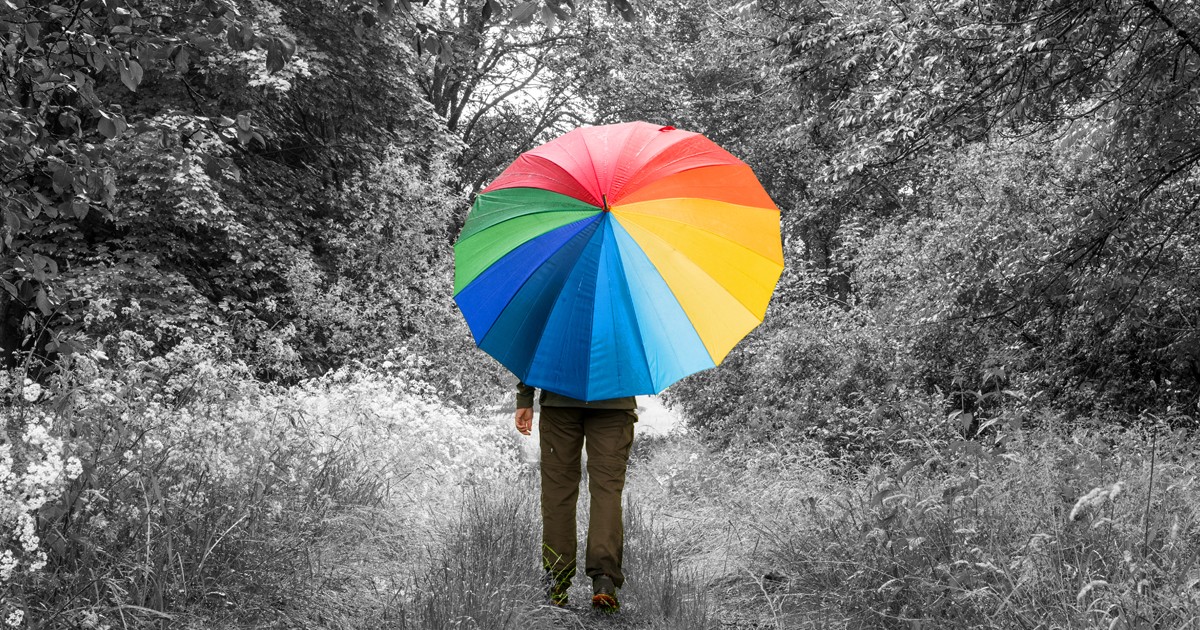

Social Work Grand Challenges: We’re Halfway There
If you’ve been following this blog since early 2018, you’ve learned about six Grand Challenges for social workers in America and started making a difference in your own communities. We’re at the halfway point in July, and looking forward to creating change on six more important issues during the second half of the year.
In July, we’re looking at the impact of the environment in this challenge:
Grand Challenge #7: Create social responses to a changing environment
From extreme hurricanes to severe snowstorms to droughts, unusual weather is becoming more common in America - and around the world. Climate change impacts all of us, but has the greatest potential to make accessing help and resources more difficult for the most traditionally disadvantaged groups. The AASWSW makes the following goal for social work practice:
"Over the next decade, we will ignite social work achievements focused on disaster risk reduction, environmentally displaced populations, community adaptation and resilience to environmental change, and environmental justice.”
As climate change continues to increase, portions of the US will become more difficult to inhabit. The AASWSW predicts the trend of Americans moving to cities will continue until 90% of Americans live in urban areas by 2050. However, many of America’s poorest and most disadvantaged communities lack the resources to relocate and will remain in rural communities at higher risk of natural disasters.
These rural communities’ risks will increase when disaster hits. With fewer resources and professional supports, many will remain trapped in the area struck after a disaster and have difficulty getting their basic needs met. We’ve already seen this happen in a few instances, such as Hurricane Katrina and Sandy. In addition, those in an area hit by a natural disaster face an increased risk of mental health challenges such as PTSD and depression. Impoverished and otherwise disadvantaged Americans will have a harder time accessing the care they need.
Proposed Solutions
Social work practitioners and researchers are exploring interventions that will help disadvantaged groups in climate change. The approaches being explored are multi-pronged and involve engaging with a variety of different disciplines. One approach involves working with rural communities and helping them become self-sufficient, allowing them to manage during disasters while awaiting additional support.
The AASWSW recommends social workers use four sets of interventions: intervention development, implementation, coordination, and education when addressing disaster preparedness and response. The first two strategies aim to teach and use established social work strategies, for example Trauma-Based Cognitive Behavioral Therapy, to address climate change. Coordination and education will add the curriculum to graduate social work programs and implement solutions at the macro level.
Your Role
With climate change and global warming now a reality, support for the environment goes beyond simple preventative personal measures like taking shorter showers. Instead, we need to be aware of the impacts of this change on a macro scale for broad populations. To read about this important topic, take a look at the AASWSW’s paper on strengthening social responses to climate change: http://aaswsw.org/wp-content/uploads/2015/12/WP5-with-cover.pdf.
The majority of social workers practice or study in urban or suburban areas, but it’s important to also understand what disadvantaged communities need in rural locations. Learn about the specialized needs of these areas in case you one day plan to work in one or are called for help in the event of the disaster.
When it comes to climate change and social justice, we still have a lot to learn as a field. Encourage your colleagues and fellow students to stay connected to potential collaborators in other industries and to stay informed about the latest trends.



